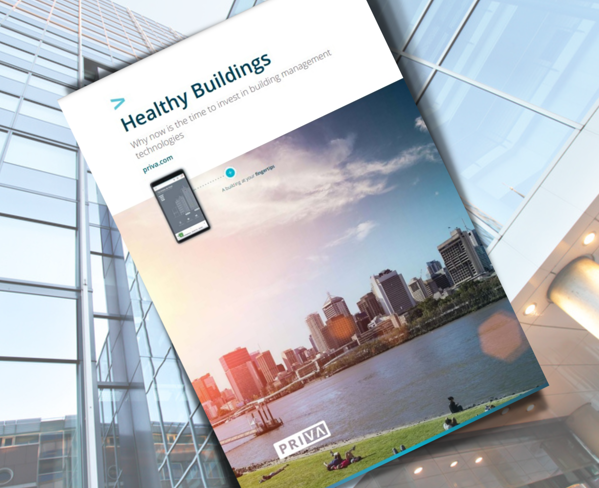Ultimately, healthier spaces mean healthier people, and this has commercial benefits for businesses too. A World Green Building Council report, Building the Business Case: Health, Wellbeing and Productivity in Green Offices, found that investments including improved air quality, natural light and greenery can improve productivity, reduce absenteeism, staff turnover and even medical costs.
Here are four ways to invest in buildings, to support people, performance and productivity…
1. Ventilation
We breathe 15,000 litres of air every day, and the quality of that air affects us far more than we realise. According to the World Green Building Council report, a well-ventilated office can double cognitive ability, while a study by Harvard T.H. Chan School of Public Health linked lower ventilation rates with slower reactions and reduced accuracy. Optimal ventilation and filtration are vital for reducing the indoor transmission of airborne viruses, too.
So, how do we manage air quality? While natural ventilation may suffice in a smaller office, powered ventilation systems are a worthwhile investment. They enable the air quality to be closely monitored and controlled, ensuring it is supporting productivity, health and wellbeing.
2. Thermal comfort
Most of us have experienced feeling irritable when we are exposed to excessive heat or chill, but in the workplace the temperature also affects our productivity. Staff performance can fall by up to 6% if an office is too hot and by 4% if it is too cold, plus discomfort inevitably increases our stress levels too.
In contrast, employees thrive when they have control over their own personal comfort. Discover Priva Touchpoint One >


















